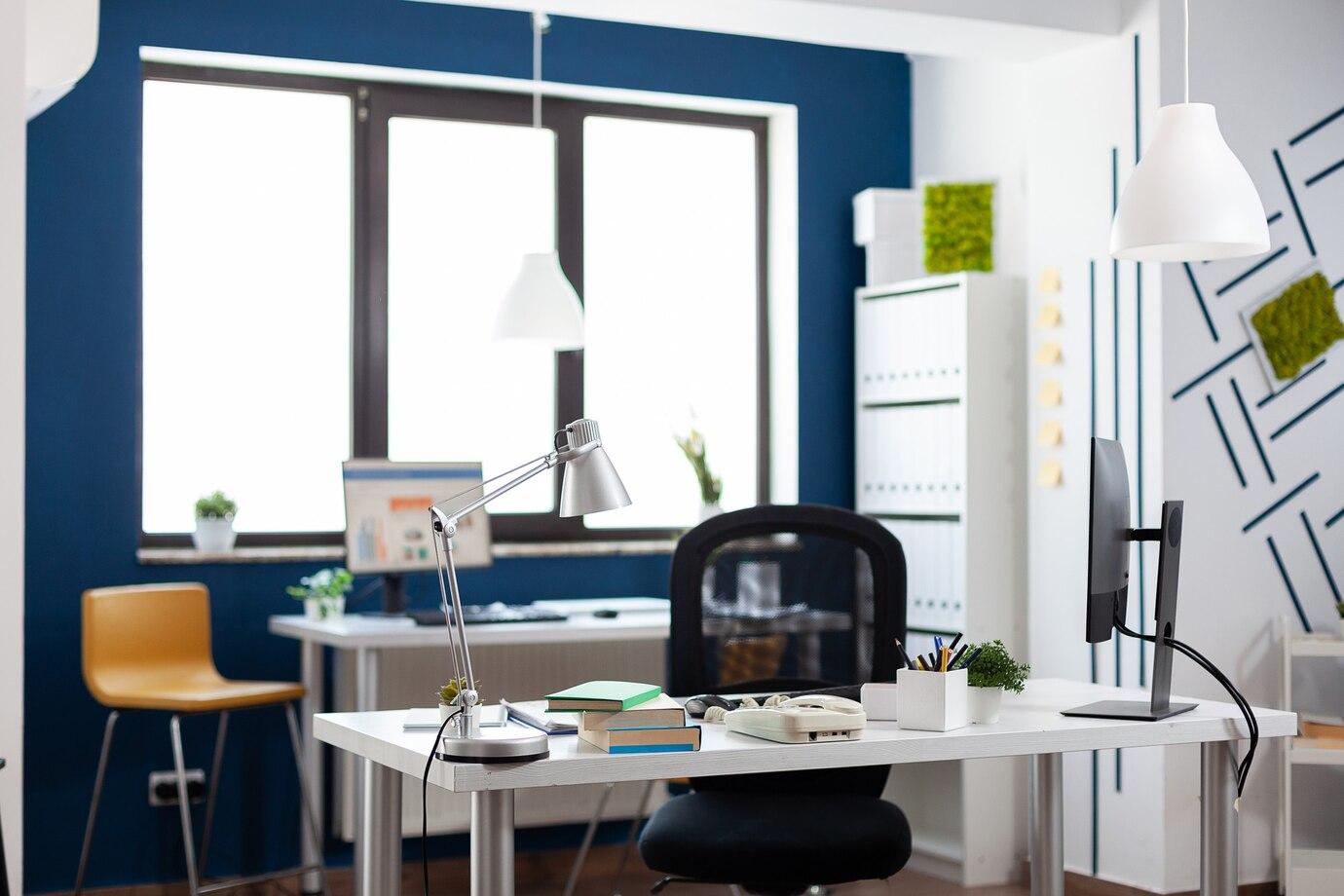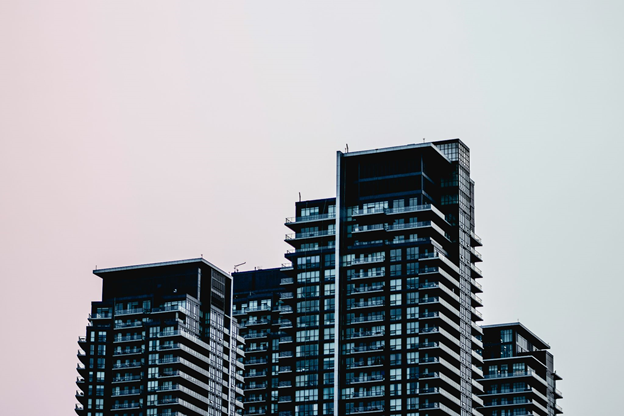In the modern world where sustainability meets style, sisal carpets have emerged as one of the most sought-after flooring choices for eco-conscious homeowners. Derived from the natural fibers of the Agave Sisalana plant, sisal offers both durability and sophistication, making it a perfect blend of functionality and aesthetics. This organic material has revolutionized interior design trends by bringing warmth, texture, and an earthy charm into homes. As the demand for natural and sustainable materials grows, sisal carpets are leading the way toward greener living spaces.
What Makes Sisal Carpets Eco-Friendly
One of the biggest reasons for the rising popularity of sisal carpets is their remarkable eco-friendly nature. Sisal is a biodegradable, renewable, and non-toxic material, making it an excellent alternative to synthetic carpets. The plant grows in arid regions without heavy pesticide use or chemical fertilizers, making its cultivation highly sustainable. After harvesting, the fibers are dried, spun, and woven into beautiful rugs or carpets without undergoing harmful chemical processing.
Moreover, sisal carpets contribute to improved indoor air quality. Unlike synthetic flooring, they do not release volatile organic compounds (VOCs), which are common indoor pollutants. This makes sisal an ideal choice for families looking to create a healthy, chemical-free home environment. Choosing sisal carpets is not just about adding natural beauty but also about making a conscious decision for the environment and personal well-being.
Aesthetic Appeal and Design Flexibility
Sisal carpets have a natural golden-beige hue that effortlessly complements any interior design style, from rustic to modern minimalism. The fiber’s slightly coarse texture adds depth and character to a room while maintaining an understated elegance. Whether used in a living room, bedroom, or hallway, sisal creates a warm and welcoming atmosphere that synthetic carpets often fail to achieve.
Designers and homeowners also love sisal for its versatile weaving patterns and natural color variations. These carpets can be custom-dyed to suit different décor preferences, allowing them to blend seamlessly with neutral tones or provide contrast in more vibrant spaces. Additionally, sisal carpets pair beautifully with other natural materials such as wood, linen, and stone, enhancing the organic feel of modern interiors.
Durability and Practical Benefits
Beyond its eco-friendly attributes, sisal is known for its incredible durability. The fibers are strong and hard-wearing, making sisal carpets ideal for high-traffic areas such as corridors, offices, and living spaces. Unlike softer natural fibers such as jute, sisal resists stretching and wear, maintaining its shape and texture over time.
Another significant advantage is its anti-static and anti-allergenic properties. Sisal carpets do not trap dust or allergens as easily as synthetic carpets, contributing to a healthier indoor environment. Their natural texture also provides a subtle grip underfoot, reducing the risk of slips — a feature appreciated in both homes and commercial spaces.
However, sisal is naturally absorbent and can be sensitive to moisture, which is why it is best suited for dry indoor environments. With proper care and placement, a sisal carpet can last for years while maintaining its original charm and resilience.
Sustainability Beyond Production
The sustainability of sisal carpets extends beyond their initial production. Since they are biodegradable, they leave no harmful residues when disposed of. Manufacturers who focus on eco-friendly practices often source sisal ethically and use natural dyes, further minimizing environmental impact. In comparison, synthetic carpets can take hundreds of years to decompose, contributing to plastic waste and pollution.
Additionally, the production of sisal provides economic benefits to rural farming communities, especially in regions like East Africa, Brazil, and parts of Asia. Supporting sisal carpets indirectly helps sustain local livelihoods and encourages fair trade practices. By choosing sisal, consumers not only invest in their home’s beauty but also contribute to a global movement for sustainable living.
Sisal Carpets in Modern Interior Design Trends
Today’s interior designers are embracing sisal carpets as a foundation for modern, eco-luxury spaces. Their neutral tones and textured finishes create a perfect backdrop for minimalist and contemporary interiors. Many designers use sisal rugs as layering elements — placing them beneath softer wool or patterned rugs to add depth and visual interest.
In open-concept homes, sisal carpets help define living zones without disrupting the flow of natural light or space. They work particularly well in coastal, Scandinavian, or bohemian interiors, where the goal is to evoke calm, nature-inspired elegance. The subtle texture of sisal complements earthy color palettes, rattan furniture, and indoor plants, reinforcing the connection between indoor spaces and the natural world.
Maintenance Tips for Long-Lasting Beauty
To keep a sisal carpet looking its best, regular maintenance is essential. Vacuuming once or twice a week prevents dirt buildup and keeps the fibers clean. Spills should be blotted immediately with a dry cloth — never rubbed — to avoid staining. It’s also advisable to use a protective underlay beneath the carpet to prevent slipping and extend its life.
While professional cleaning can be done occasionally, avoid steam cleaning or excessive water exposure, as sisal is prone to shrinkage. With the right care, sisal carpets Dubai can remain stunning for many years, maintaining both their aesthetic appeal and functional benefits.
Conclusion
Sisal carpets are more than just a flooring option — they are a statement of sustainable luxury. As homeowners and designers move toward eco-friendly living, sisal stands out for its natural beauty, resilience, and environmental responsibility. Choosing a sisal carpet means embracing a material that not only transforms your interiors but also supports a greener planet. Its timeless appeal, combined with its sustainable essence, ensures that sisal carpets will continue to define modern home décor trends for years to come.





